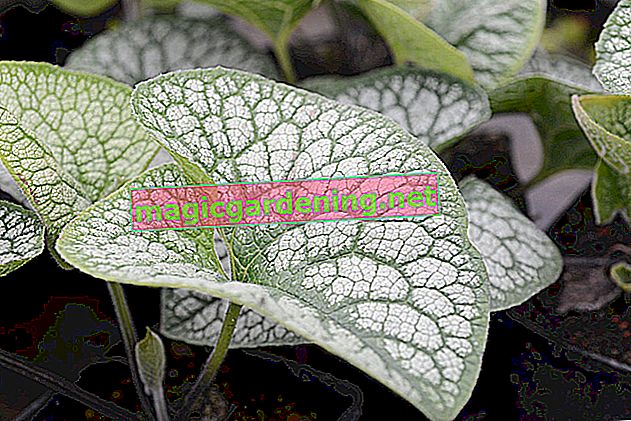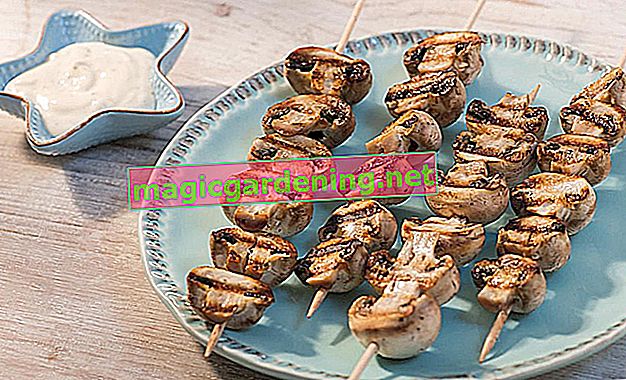
When should I prune the plant?
After flowering, the Caucasus forget-me-nots should be cut back. The pruning is useful to prevent the perennial from developing its seeds. For the second time a year, the perennial is cut back in autumn. You should start just above the ground. In the spring it drives out again as usual.
also read
- Caucasus forget-me-nots: caring for 'Jack Frost'
- Caucasus forget-me-nots - it pays to cut properly
- This location does justice to the Caucasus forget-me-not!
Do you have to pour the Caucasus forget-me-not?
It is true that the Caucasus forget-me-nots can cope with drought at times. But it has a choice, preferring a refreshing rain shower rather than dryness. Therefore, you should preferably water this plant regularly when there is no rain or it is in the bucket.
Danger:
- Use lime-free to lime-free water
- do not pour on the leaves
- Pour directly onto the root area
- water every 1 to 2 days in the blazing sun in summer (if there is no rain)
When do you divide these perennials?
You can - but you don't have to - divide these perennials in autumn. This procedure is generally recommended every 3 years. This makes it child's play to multiply the Caucasus forget-me-not. After the division, the plant can also be transplanted.
How do you fertilize and which fertilizer is suitable?
This is important when fertilizing:
- needs nutrient-rich soil for abundant flowering
- Incorporate compost before planting
- advisable but not a must: fertilize from spring until the end of flowering
- suitable fertilizers: compost, slow release fertilizer, liquid fertilizer for perennials
What will happen to the plant in winter?
The parts above ground die off in frost. The roots, however, survive in the ground. Winter protection is not necessary. It is only advisable to cover the perennial - including varieties such as 'Jack Frost' - with brushwood in severe frost.
Tips
While snails prefer to eat their fill of other plants (this perennial has rough leaves), disease can be infected by gray mold or powdery mildew. However, given good care, this only happens in exceptional cases.








